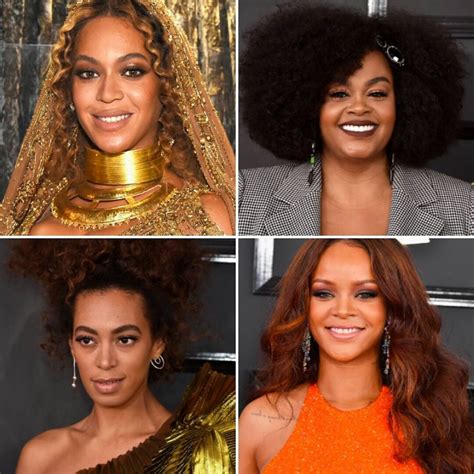Introduction

Black women’s hair: a tapestry of textures, colors, and styles, a symphony of history, heritage, and identity. Embracing its versatility and fostering its health are vital for self-expression, confidence, and a sense of belonging.
1. Unveiling the Diverse Textures
• Type 4 hair (coily): tightly coiled, springy with defined “S” or “Z” patterns.
• Type 3 hair (curly): loosely coiled, forming defined curls without a specific pattern.
• Type 2 hair (wavy): S-shaped waves, ranging from loose to tight.
• Type 1 hair (straight): smooth, no natural curl or wave pattern.
2. Understanding Hair Chemistry
• Melanin: Provides hair with its dark pigments, protecting it from UV damage.
• Keratin: A protein responsible for hair’s strength and structure.
• Cysteine: An amino acid that forms disulfide bonds, giving hair its elasticity.
3. Nourishing Regimens for Healthy Hair
Moisturizing:
• Use leave-in conditioners and hair creams to hydrate dry hair.
• Apply deep conditioning masks weekly to replenish lost moisture.
Protein treatments:
• Strengthen and repair damaged hair by incorporating protein-rich products like keratin or egg masks.
• Avoid excessive protein treatments as they can lead to hair breakage.
Scalp Care:
• Massage the scalp regularly to stimulate hair growth and improve circulation.
• Use clarifying shampoos to remove product buildup and excess oils.
4. Protective Styling: Preserving Your Strands
• Braids, twists, and locs: Create protective barriers to minimize friction and prevent breakage.
• Updos and buns: Keep hair away from environmental stressors and reduce tangles.
• Silk or satin pillowcases: Reduce friction and prevent hair breakage at night.
5. Addressing Common Hair Concerns
Hair Loss:
• Consult a dermatologist to rule out medical conditions and recommend treatments.
• Use products designed for hair growth and strengthening.
Dandruff:
• Use anti-dandruff shampoos to combat scalp irritation and flaking.
• Apply tea tree oil or apple cider vinegar to reduce inflammation.
Split Ends:
• Trim hair regularly to remove split ends and prevent further damage.
• Use hair masks and sealants to prevent split ends from forming.
Conclusion
Embracing Black women’s hair is a journey of self-discovery, empowerment, and self-care. By understanding its unique characteristics, nourishing it with TLC, and embracing its versatility, you can unleash the radiant crown you were born to wear.
